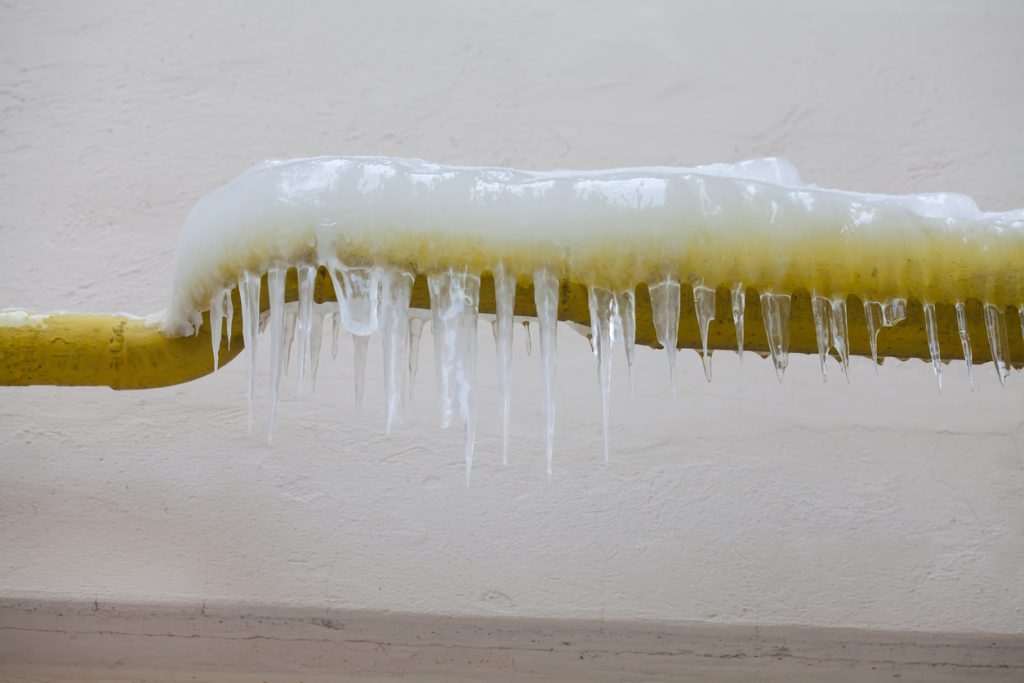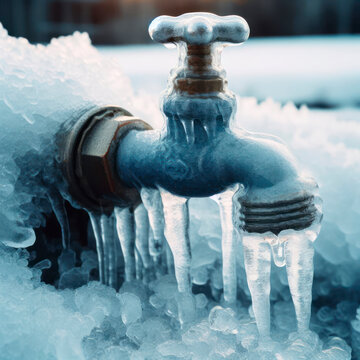Preventing Pipes from Cold Weather: Effective Methods
Preventing Pipes from Cold Weather: Effective Methods
Blog Article
How do you really feel on the subject of How To Avoid Freezing Pipes?

Winter can damage your pipes, particularly by freezing pipelines. Right here's how to stop it from taking place and what to do if it does.
Intro
As temperatures drop, the threat of frozen pipelines increases, potentially bring about expensive repair services and water damage. Recognizing just how to prevent frozen pipelines is important for home owners in cool environments.
Prevention Tips
Protecting vulnerable pipes
Wrap pipes in insulation sleeves or use warm tape to protect them from freezing temperatures. Concentrate on pipes in unheated or external locations of the home.
Heating techniques
Keep interior areas effectively warmed, especially locations with pipes. Open cabinet doors to enable cozy air to circulate around pipes under sinks.
Exactly how to identify frozen pipes
Try to find lowered water circulation from taps, uncommon smells or sounds from pipelines, and noticeable frost on revealed pipelines.
Long-Term Solutions
Architectural changes
Take into consideration rerouting pipes far from outside wall surfaces or unheated locations. Add additional insulation to attics, basements, and crawl spaces.
Upgrading insulation
Invest in premium insulation for pipes, attic rooms, and wall surfaces. Appropriate insulation helps keep regular temperatures and reduces the threat of icy pipelines.
Safeguarding Exterior Pipes
Garden tubes and outside taps
Detach and drain pipes yard hose pipes before wintertime. Mount frost-proof spigots or cover outside taps with insulated caps.
Understanding Icy Pipelines
What causes pipelines to ice up?
Pipes freeze when revealed to temperatures listed below 32 ° F (0 ° C) for prolonged durations. As water inside the pipes freezes, it expands, putting pressure on the pipeline wall surfaces and possibly triggering them to rupture.
Threats and damages
Frozen pipes can bring about supply of water interruptions, home damage, and costly fixings. Ruptured pipes can flood homes and cause extensive structural damages.
Indicators of Frozen Piping
Recognizing frozen pipelines early can stop them from rupturing.
What to Do If Your Pipes Freeze
Immediate actions to take
If you believe icy pipes, maintain taps available to alleviate pressure as the ice thaws. Utilize a hairdryer or towels soaked in warm water to thaw pipes gradually.
Final thought
Preventing icy pipes needs proactive measures and fast responses. By comprehending the causes, indications, and safety nets, property owners can shield their plumbing during winter.
6 Proven Ways to Prevent Frozen Pipes and Protect Your Home
Disconnect and Drain Garden Hoses
Before winter arrives, start by disconnecting your garden hoses and draining any remaining water. Close the shut-off valves that supply outdoor hose bibs and leave the outdoor faucet open to allow any residual water to drain. For extra protection, consider using faucet covers throughout the colder months. It’s also important to drain water from any sprinkler supply lines following the manufacturer’s directions.
Insulate Exposed Pipes
Insulating your pipes is an effective way to prevent freezing. Pipe insulation is readily available at home improvement stores and is relatively inexpensive. Pay close attention to pipes in unheated areas such as the attic, basement, crawl spaces, or garage. Apply foam insulation generously to create a buffer against the cold. You can also wrap your pipes in heat tape or thermostat-controlled heat cables for added warmth.
Seal Air Leaks
Inspect your home for any cracks or openings that could let in cold air. Seal any holes around the piping in interior or exterior walls, as well as the sill plates where your home rests on its foundation. Additionally, make sure to keep your garage door closed unless you’re entering or exiting. Leaving it open creates a significant air leak that can lead to frozen pipes.
Allow Warm Air Circulation
During cold snaps, it’s essential to allow warm air to circulate evenly throughout your home. Leave interior doors ajar to promote better airflow. Open kitchen and bathroom cabinets to help distribute heat consistently around the rooms. If you have small children or pets, be sure to remove any household chemicals or potentially harmful cleaners from open cabinets for safety.
Let Faucets Drip
A small trickle of water can make a big difference in preventing ice formation inside your pipes. When temperatures drop significantly, start a drip of water from all faucets served by exposed pipes. This continuous flow helps prevent the water from freezing. Additionally, running a few faucets slightly can relieve pressure inside the pipes, reducing the chances of a rupture if the water inside does freeze.
https://choateshvac.com/6-proven-ways-to-prevent-frozen-pipes-and-protect-your-home/

As a serious person who reads about Winter Plumbing Precautions: Preventing Frozen Pipes, I thought sharing that topic was mandatory. Liked our content? Please quickly share it. Let someone else check it out. Thank you so much for your time spent reading it.
Call Today Report this page